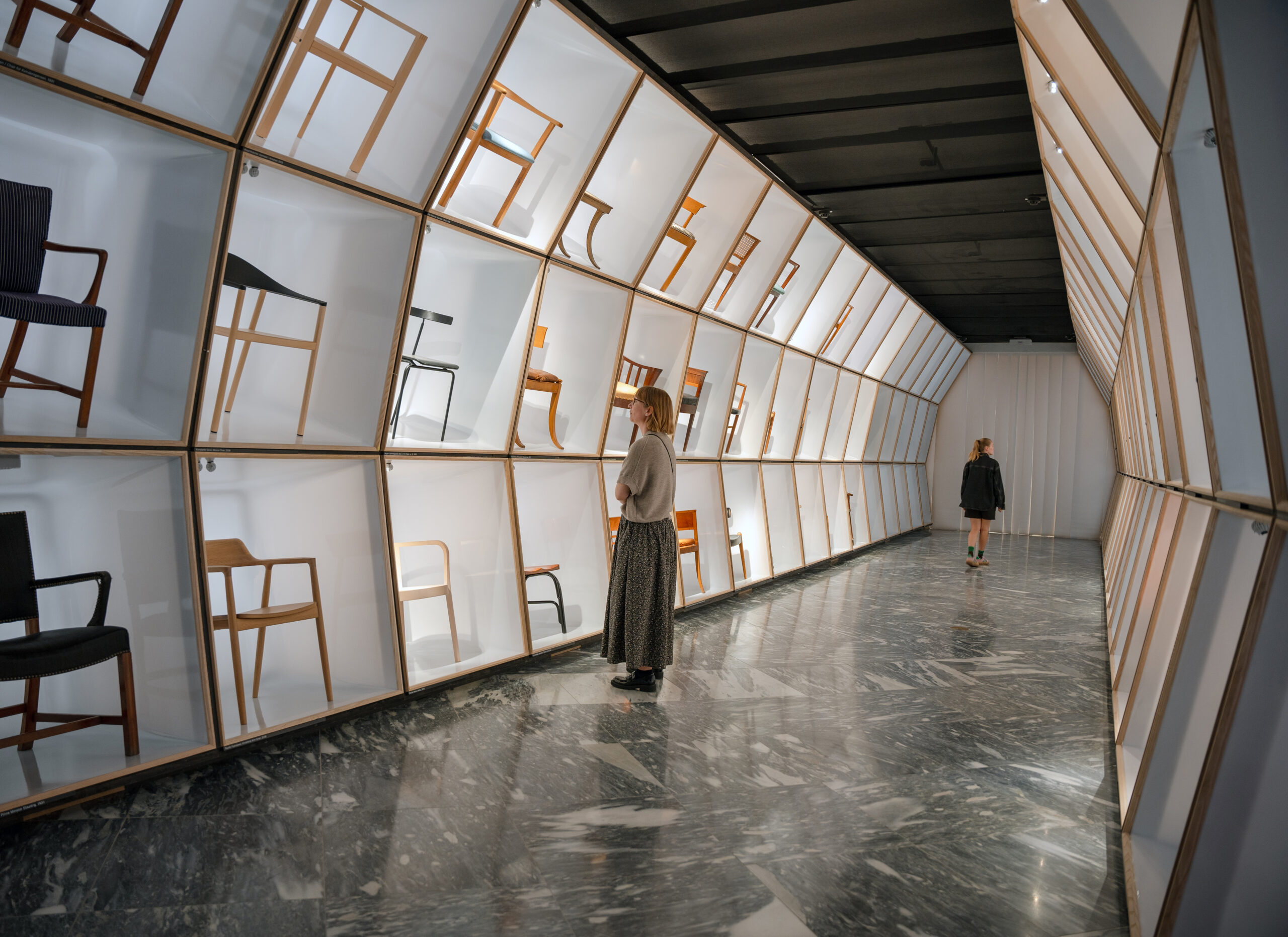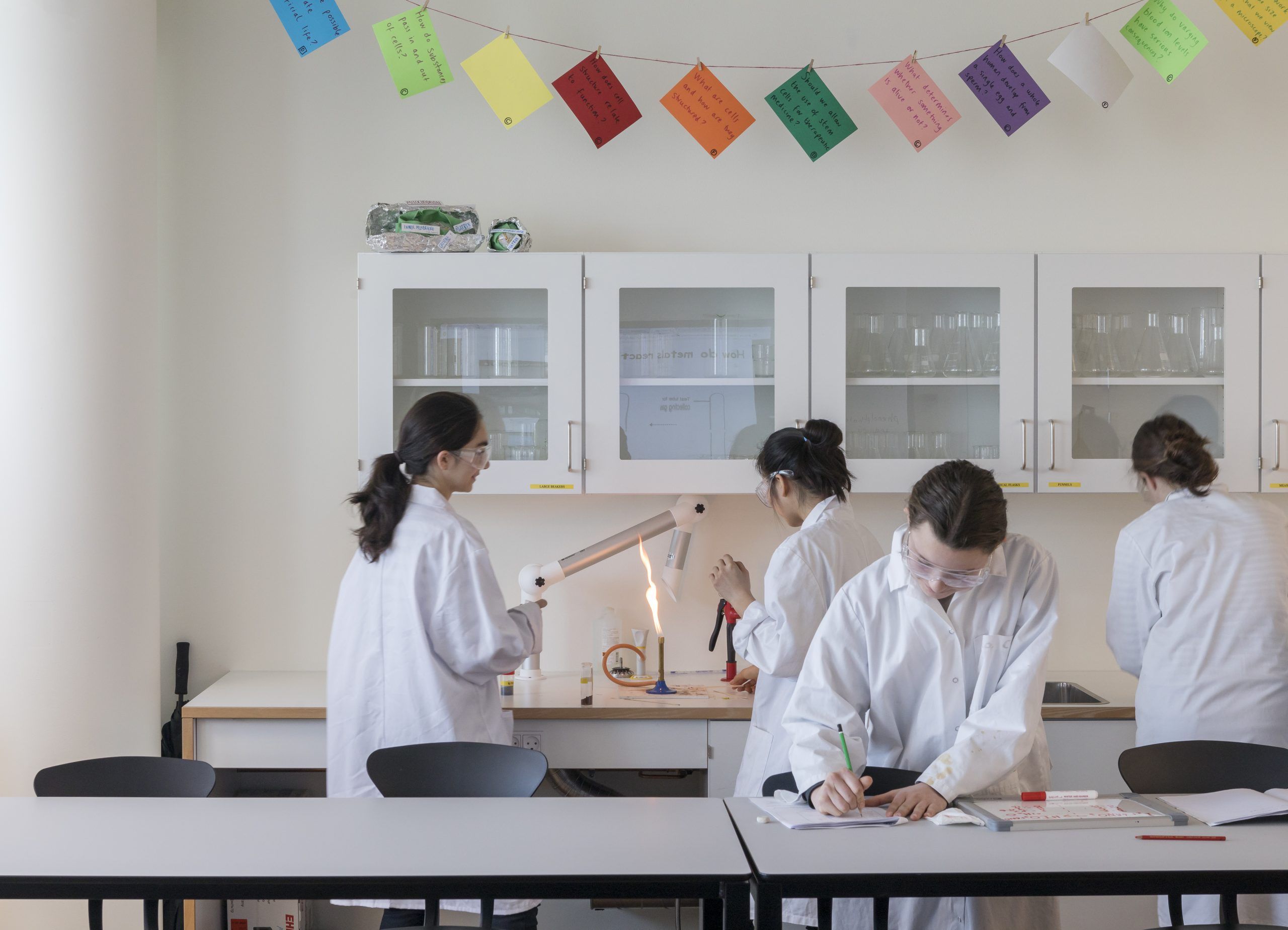Denmark is going to open Scandinavia’s first land-based seawater plant for farming Yellowtail kingfish, a luxury fish that is used for making sushi.
The facility will be located in the coastal town of Hanstholm in northwest Jutland and will use the latest green technology to ensure minimal environmental impact.
The plant will be operated by Sashimi Royal and is expected to produce about 1,200 tonnes of kingfish annually during the initial phase.
Eventually, when the facility is fully developed, the annual fish production will increase to 4,800 tonnes.
Modern technology
The breeding plant uses 500 cubic metres of water per tonne of fish, which is 100 times more than at common land-based fish farming plants.
“The technology ensures that fully 99 percent of the water can be recycled in the land-based system, and thanks to additional cleaning there is a minimal impact on the local aquatic ecosystem,” explained Michael Bech, a project developer at Krüger, the company that developed the technology.
The fish farming enterprise will create around 50 new jobs in the town and contribute significantly to the Danish fish exports.
Worth the investment
One kingfish costs about 70 kroner, and Sashimi Royal expects to make around 300 million kroner per year once the production is in full swing.
The breeding facility will cost 85 million kroner and the Food and Environment Ministry has pledged to support the project with 32 million.
In 2012, Denmark produced about 44,000 tonnes of farmed fish worth 1.2 billion kroner. Since then, exports have remained stable.











